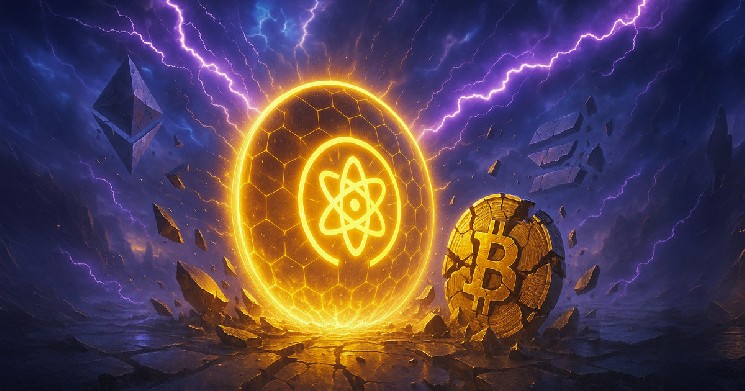Quantum safety issues have continued to ripple over the digital asset market, following BlackRock’s latest warning about Bitcoin and Ethereum encryption vulnerabilities, and have attracted consideration on quantum resistance infrastructure.
Quantum Resistant Ledger (QRL) is without doubt one of the few blockchain networks constructed for a future, however we have now seen native tokens rise above 33% final month amid growing scrutiny of conventional crypto fashions.
The QRL Microcap Token, launched in 2017, has a market capitalization of simply $38 million. In 2018 it reached an all-time excessive at $3. Presently, the MEXC substitute record is restricted, with three different low capability replacements going to $0.58.
A rise within the story of quantum resistance
QRL surges occurred inside 4 weeks of BlackRock’s Could 9 revision of ISHARES BITCOIN TRUST (IBIT) and Ethereum Belief (ETHA) filings, increasing the quantum computing danger language with warning that future progress might “present losses to shareholders.”
Threat disclosures arrive during times that speed up quantum computing breakthroughs. Launched in December 2024, Google’s Willow processor confirmed exponential error charge reductions throughout logical qubits, however Microsoft’s February 2025 Majorana 1 unveiling ceremony was explicitly designed to assist the primary chips on one million scales.
These developments compress expectations relating to the sensible timeline of scalable quantum computer systems.
Google Quantum AI has bolstered its pursuits when it grew to become violent in the direction of lower than a million error-corrected qubits when it revealed by Google Quantum AI.
This shift positions large-scale decoding throughout the scope of economic quantum {hardware} sooner than anticipated from earlier 20 million Qubit estimates. In keeping with Quantum Insider, the strategy requires an estimated 6.5 billion Toffoli Gates and a five-day runtime.
Traders reply shortly. Quantum Computing startup attracted $1.25 billion within the first quarter of 2025 alone. This elevated 128% year-on-year, reflecting the pivots from experimental analysis to utilized growth.
Amid this inflow of funding, QRL attracted new consideration for implementing post-Quantum encryption from the beginning. Launched eight years in the past with a concentrate on hash-based XMSS signatures, QRL’s structure is designed to resist the cryptographic capabilities anticipated from massive quantum machines.
Why is the QRL pumping?
Venture Zond, QRL’s next-generation protocol at the moment in public testnet, goals to increase these protections to Ethereum-style sensible contracts and Defi functions. The system is positioned as a platform that integrates quantum protected addressing schemes and permits Layer-2 to be constructed with out the necessity for future migrations.
QRL is a member of each the Linux Basis’s post-Quantum encryption alliance and the general public key infrastructure consortium, and is tailoring to the broader trade actions to guard digital infrastructure earlier than quantum decryption turns into possible.
“We’re happy to announce that we’re dedicated to offering a variety of providers,” mentioned Iain Wooden, operations supervisor at QRL.
“Though all different blockchain groups try to rework post-Quantum safety right into a distributed ledger, QRL is constructing the inspiration that may construct future L2s and is assured sooner or later nature of this quantum-safe layer.”
Different networks consider quantum tolerance designs, however the protocol relevance is exacerbated by the dearth of common mobility paths between current chains.
Upgrades involving handle format modifications and signature schemes introduce compatibility challenges and person tuning dangers, significantly throughout the defi ecosystem with complexity dependencies.
With quantum disclosures showing within the fund’s prospectus and breakthroughs, market members are reassessing the timeline of quantum preparation.
QRL’s latest worth motion displays new confidence from speculators searching for belongings which can be constitutively searching for immunity, as trade discourses depend on trade discourse transitions from when legacy encryption might turn into out of date.










